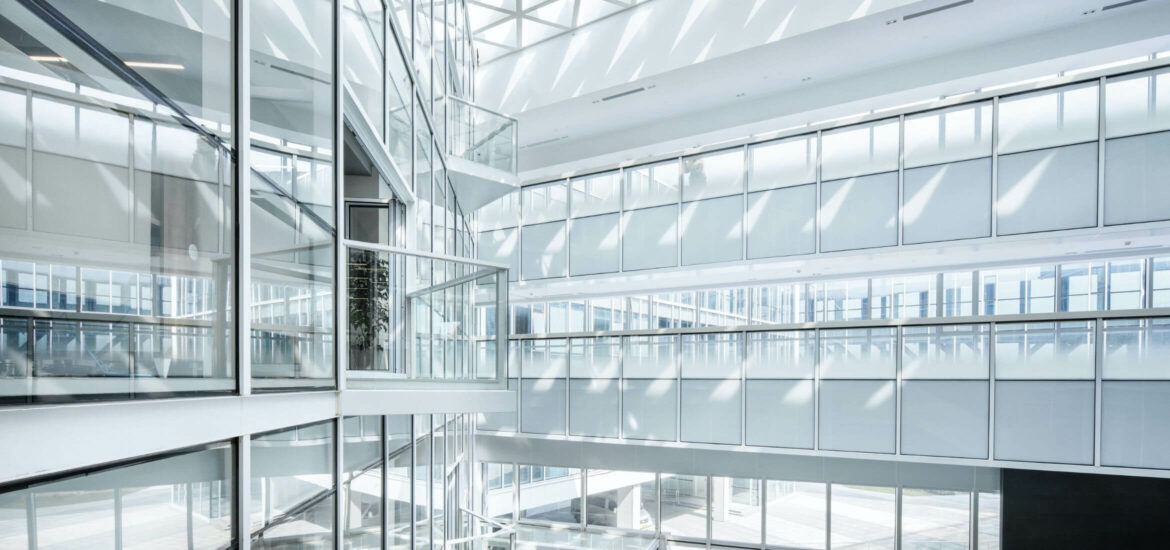
Cloud intelligence for efficient workplaces: connecting business centers into a global Smart Hub
With a 30-year track record delivering real estate and office solutions for businesses, International Workplace Group currently operates in more than 120 countries and 3,340 locations, and over 2,5 million professionals are using their workspaces in a flexible and/or shared manner. IWG is thus leading the change towards the new hybrid working model that companies and employees are demanding.
“Thanks to the development of our Smart Hub, we have not only made our facilities smarter… we are also able to effectively monitor the occupation of the reserved workspaces, using the information collected by all the sensors. Therefore, we can assure a more precise and automated billing, which has had a tangible impact in the operations efficiency.”
Ricard Moreno Global Director – Head of Centre Technology and Ops at IWG PLC





